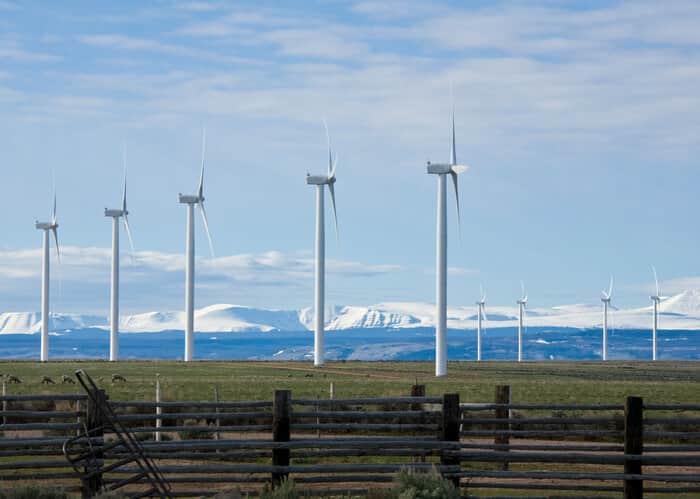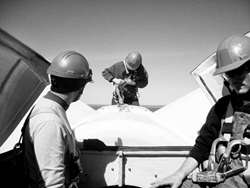Key issues, such as integration of renewables and transmission siting, will require changes to policy, planning and operations over the next 10 years, according to the 2009 Long-Term Reliability Assessment from the North American Electric Reliability Corporation (NERC).
Approximately 260,000 MW of new renewable nameplate capacity, such as wind biomass, geothermal, hydro and solar, is included in forecasts for the next decade.
Roughly 96% of this total is wind (229,000 MW) and solar (20,000 MW).
However, only 38,000 MW of wind and 17,000 MW of solar are projected to be available at times of peak demand. Though not all of these resources may come to fruition, the integration of this volume of energy-dominant resources will require significant changes to traditional planning and operating techniques to ensure reliability.
To ensure reliability over the next 10 years, the NERC report says that 11,000 miles of transmission must be developed on time. According to NERC, constructing the needed transmission facilities will require entities to more than double the average number of transmission-miles constructed over any five-year period since 1990.
However, the lack of transmission siting policies is the greatest obstacle to meeting this goal. The NERC report says that state and provincial siting and permitting processes must be expedited to allow for the development of needed resources and ensure reliability.
SOURCE: North American Electric Reliability Corporation



